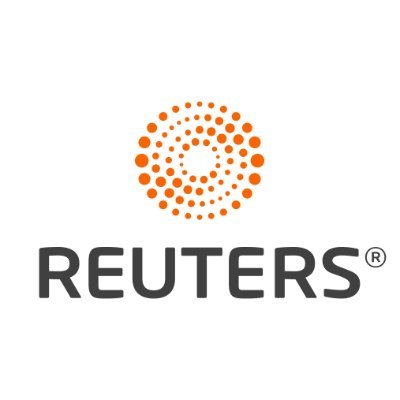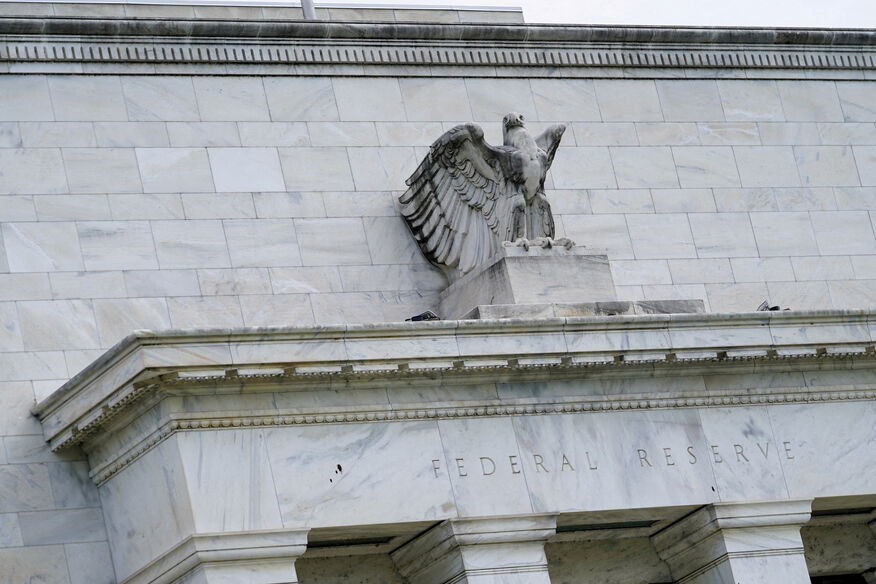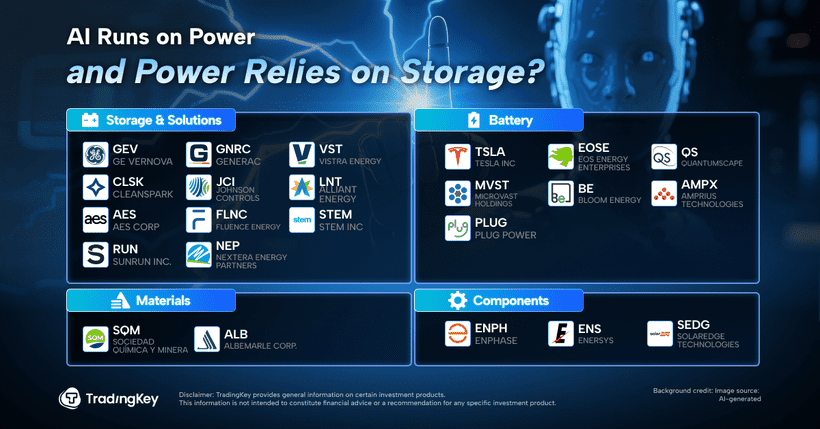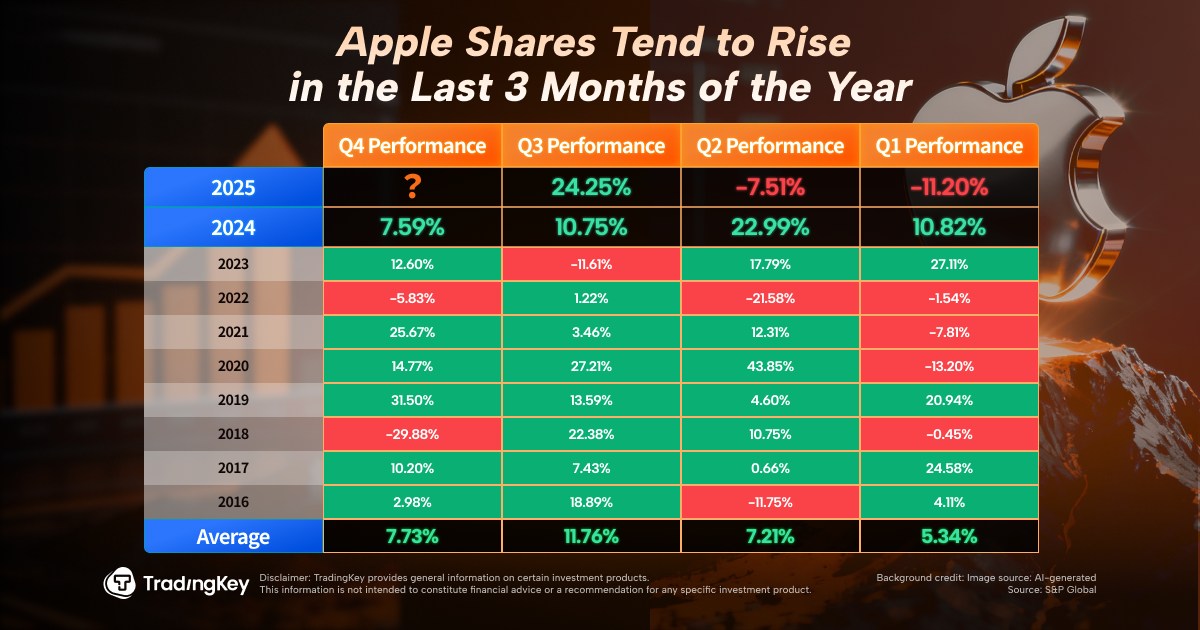BREAKINGVIEWS-Novartis finds neat M&A cure for growth pains

By Neil Unmack
LONDON, Oct 27 (Reuters Breakingviews) - It’s always scary for shareholders when a CEO feels like they need to do a deal. Novartis NOVN.S boss Vas Narasimhan has dodged the worst dangers with his $12 billion purchase of Avidity Biosciences RNA.O, announced on Sunday. The $276 billion Swiss group is facing a loss of exclusivity on a key drug and slowing growth. Narasimhan’s acquisition seems like a reasonably priced cure.
Avidity is a departure from Novartis, whose recent history consists mostly of smaller so-called bolt-on deals. Other purchases this year include the acquisition of cardiovascular specialist Tourmaline Bio and kidney disease-focused Regulus Therapeutics, both for less than $2 billion.
Yet something big has been brewing. Novartis’s key heart failure drug, Entresto, is starting to face competition from copycats, and may see its revenue of $8.1 billion this year more than halved by 2027, per estimates gathered by Visible Alpha. Analysts expect the group as a whole to grow sales by just 4.6% annually between 2024 and 2029, below Narasimhan’s target of over 5%.
At first glance, Avidity isn’t cheap. Narasimhan is paying a 46% premium over last Friday’s price, and a roughly 90% uplift versus where the stock was trading before talks of the deal were first reported in August. Still, back then analysts had assigned a target price of $68 per share, not far off Novartis’s offer.
And the target company brings promising treatments in rare neuromuscular diseases, an area Novartis knows well. Avidity’s largest potential product, Del-desiran, targets mutations in patients’ ribonucleic acid (RNA) molecules that lead to muscle wastage. Its three main drug candidates are all in late-stage trials, and Citigroup analysts assign an 80% chance of success. Rare diseases, for which there are few competing products, are also less likely to be aggressively targeted in U.S. President Donald Trump’s bid to drive down American drug prices.
True, bringing Avidity’s products to market may prove costly for Novartis. Analysts had pencilled in losses of over $1.3 billion through 2028 for the standalone company. After factoring in that red ink, and netting off the target group’s cash, the total economic outlay for Novartis would be $12.3 billion.
In return, Narasimhan would get $1.75 billion of operating profit by 2031, using analysts’ forecasts gathered by Visible Alpha. After tax at 20%, the implied return on invested capital is a respectable 11%. In practice, Novartis should be able to improve on that number with cost savings, given its existing sales network for neuromuscular drugs.
The Swiss buyer now reckons that it can hit sales growth of over 6% annually between 2024 and 2029. That would put it far ahead of cross-town rival Roche ROG.S, and not far off AstraZeneca’s AZN.L 6.6% growth rate, using Visible Alpha data. Its valuation multiple of 14 times 2026 earnings sits at a premium to a sector on around 13 times. Thanks to Narasimhan’s M&A nous, that looks increasingly defensible.
Follow @Unmack1 on X
CONTEXT NEWS
Swiss drugmaker Novartis on October 26 said it would buy Avidity Biosciences for $12 billion in cash.
Novartis will pay $72 for each Avidity share, equivalent to a premium of 46% over the group’s closing price on October 24, the statement said.
Avidity is developing therapies for treating rare neuromuscular disorders, including muscular dystrophy.
Novartis shares fell 1.31% as of 0853 GMT on October 27, to 102.72 Swiss francs.








